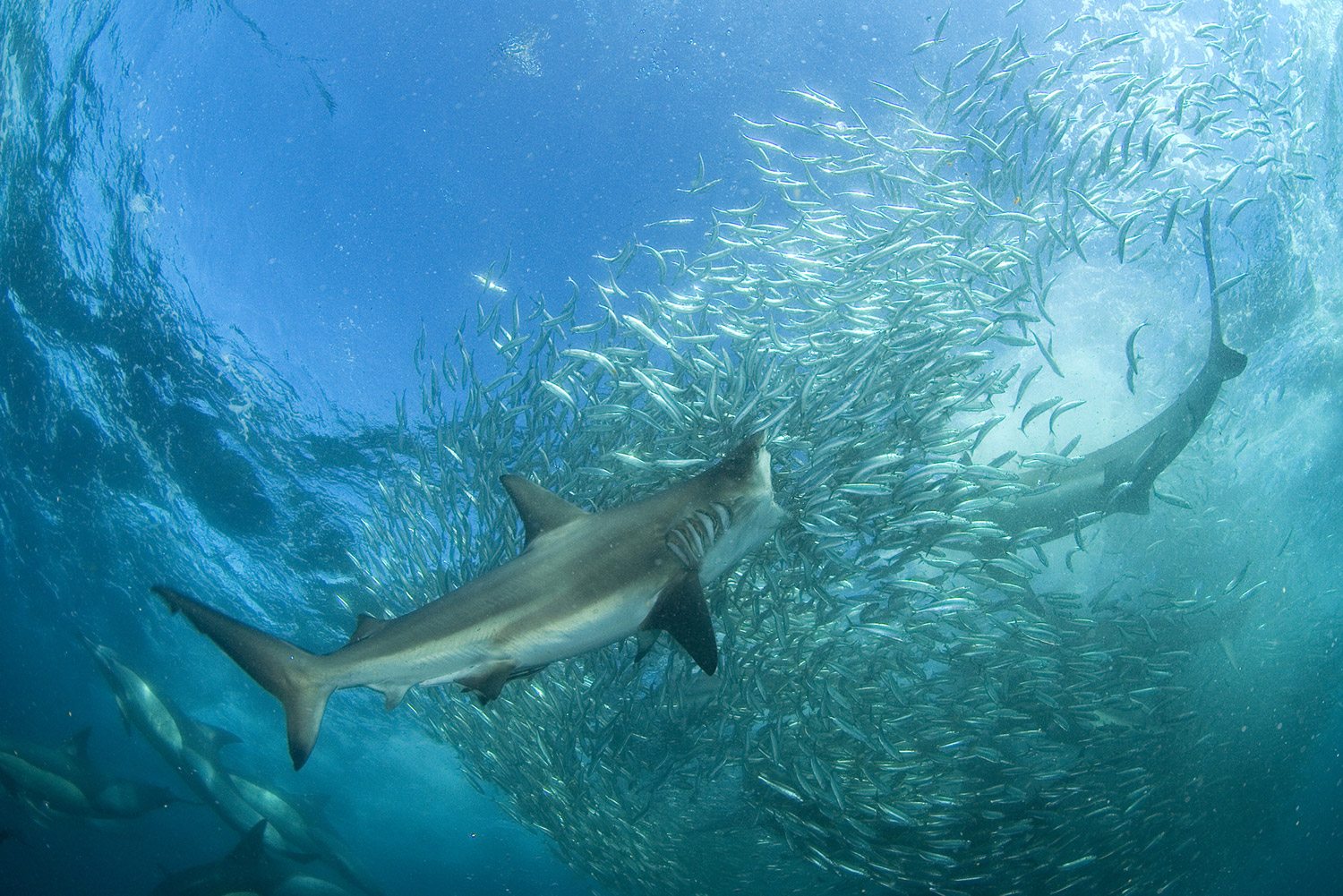
Former marine biologist Thomas P. Peschak spends more than 300 days a year pursuing marine conservation photography and ocean reportage. A fellow of the International League of Conservation Photographers, he has photographed and written four books. Peschak writes for LightBox about his efforts documenting the annual mid-June sardine run in South Africa’s seas.
Every winter I contract a severe case of sardine fever; the irrepressible urge to pursue and photograph schools of silvery fish for months across some of the roughest seas in the world.
Sardines are shoaling fish that prefer the cold waters off South Africa’s west and south coast, but during June/July (the austral winter) vast shoals follow a tongue of cold-water northwards along the sub-tropical east coast. In hot pursuit of this silvery bounty are a vast army of predators; sharks, dolphins, whales and seabirds in the tens of thousands. Some call this phenomenon the sardine run or ‘the greatest shoal on earth’, I often curse it as the hardest thing I have ever done — the odds are always against the photographer! Sardine movements are unpredictable, an abundance of rivers often reduce visibility to near zero and in the depths of winter 15-foot seas are not unusual.
Sardines unfortunately do not have the same public appeal as panda bears or humpback whales and most people believe tins cans to be their natural habitat. A lack of conservation sympathies resulted in severe overfishing beginning in the 1960s and stocks have collapsed more than once since.
I first began to document the sardine run in 2003 with the aim of revealing what an essential component of South Africa’s oceans these fish really were. The survival of popular flagship conservation species such as common dolphins, Brydes whales, bronze whaler sharks and Cape gannets is intrinsically linked to the health of sardine stocks. Without the vast silvery shoals pulsing along our shores, the many tens of thousands of predators that occupy the top of the marine food chain would soon begin to disappear from South Africa’s seas.
—Produced by Marie Tobias
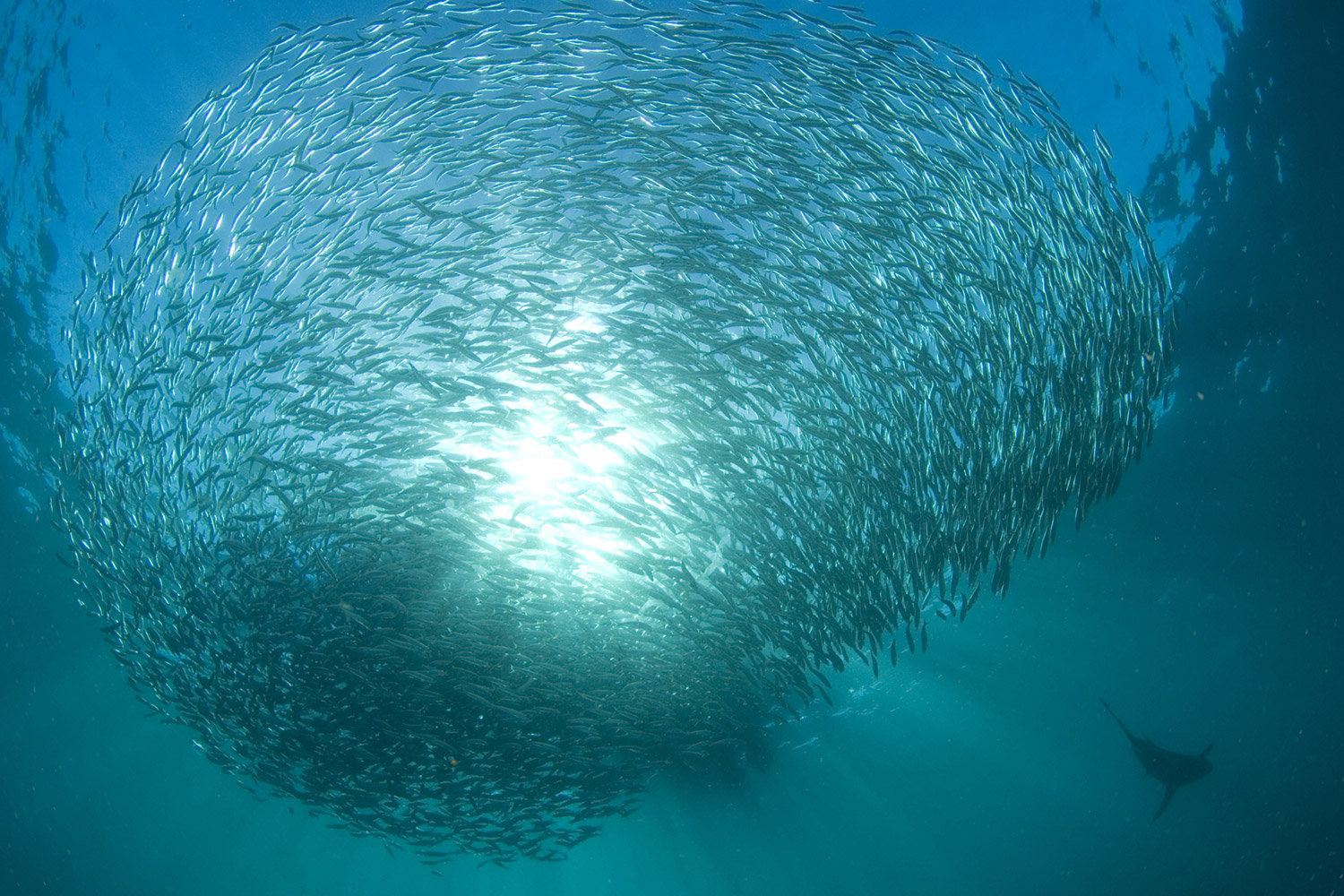
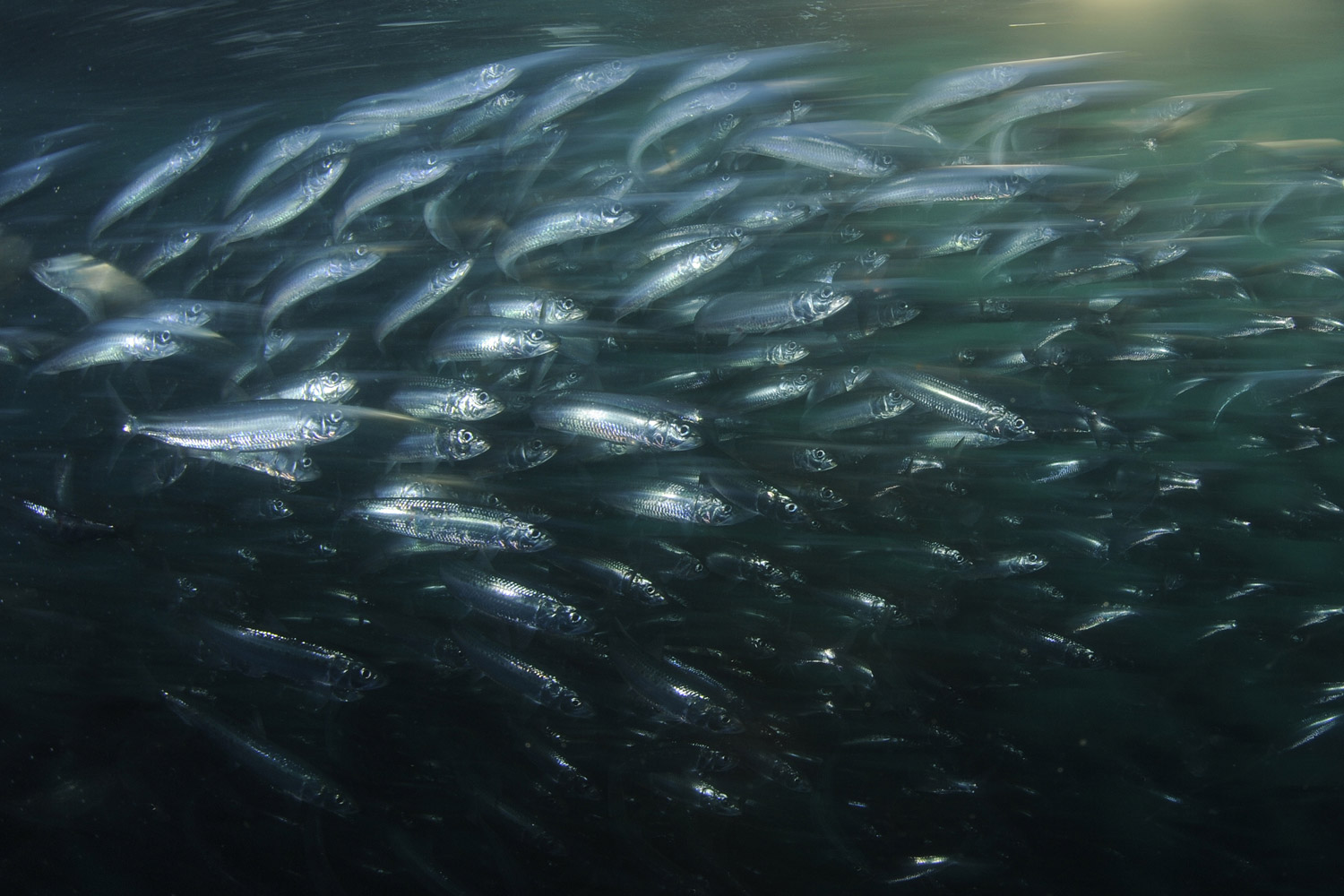

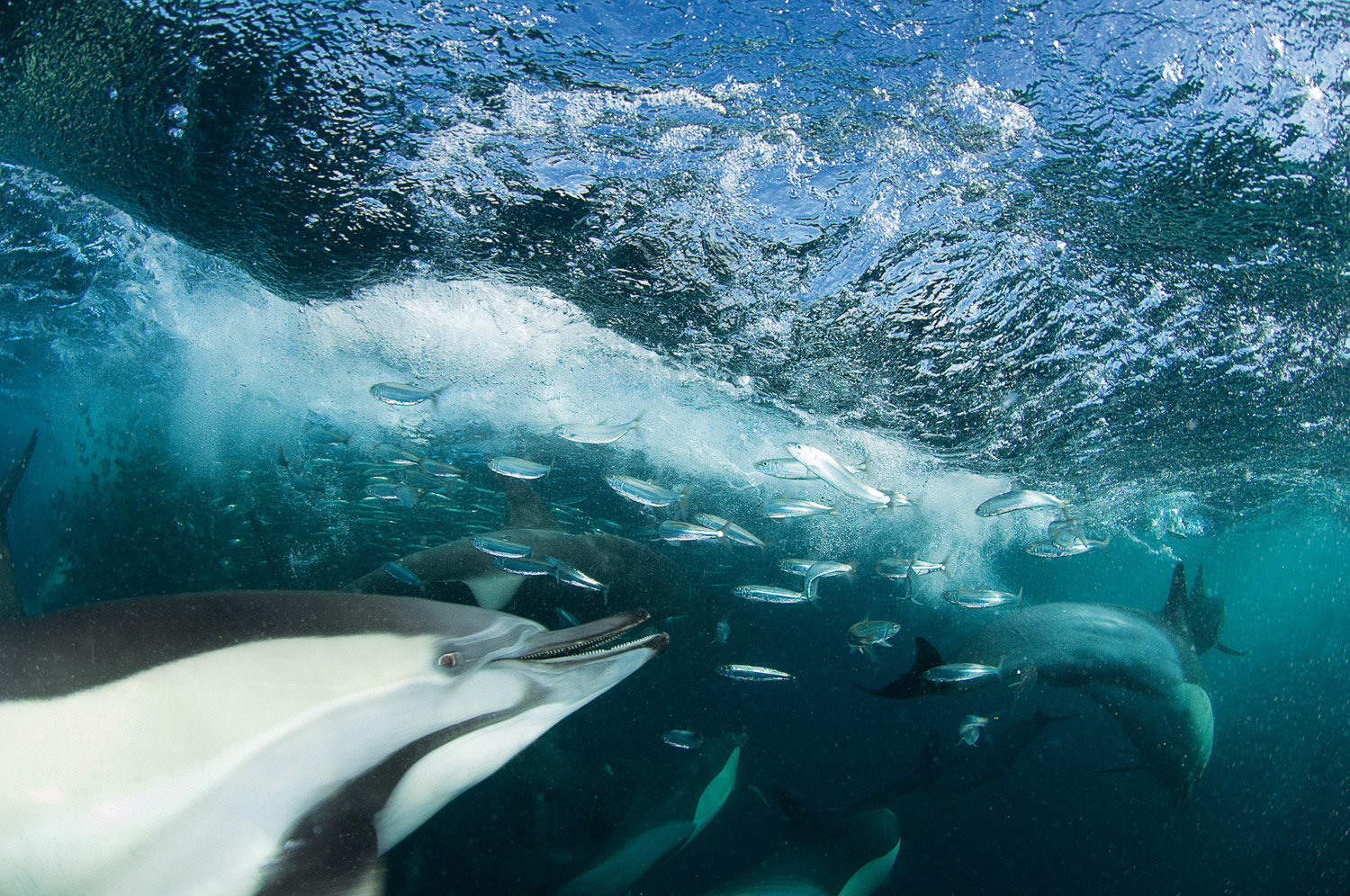

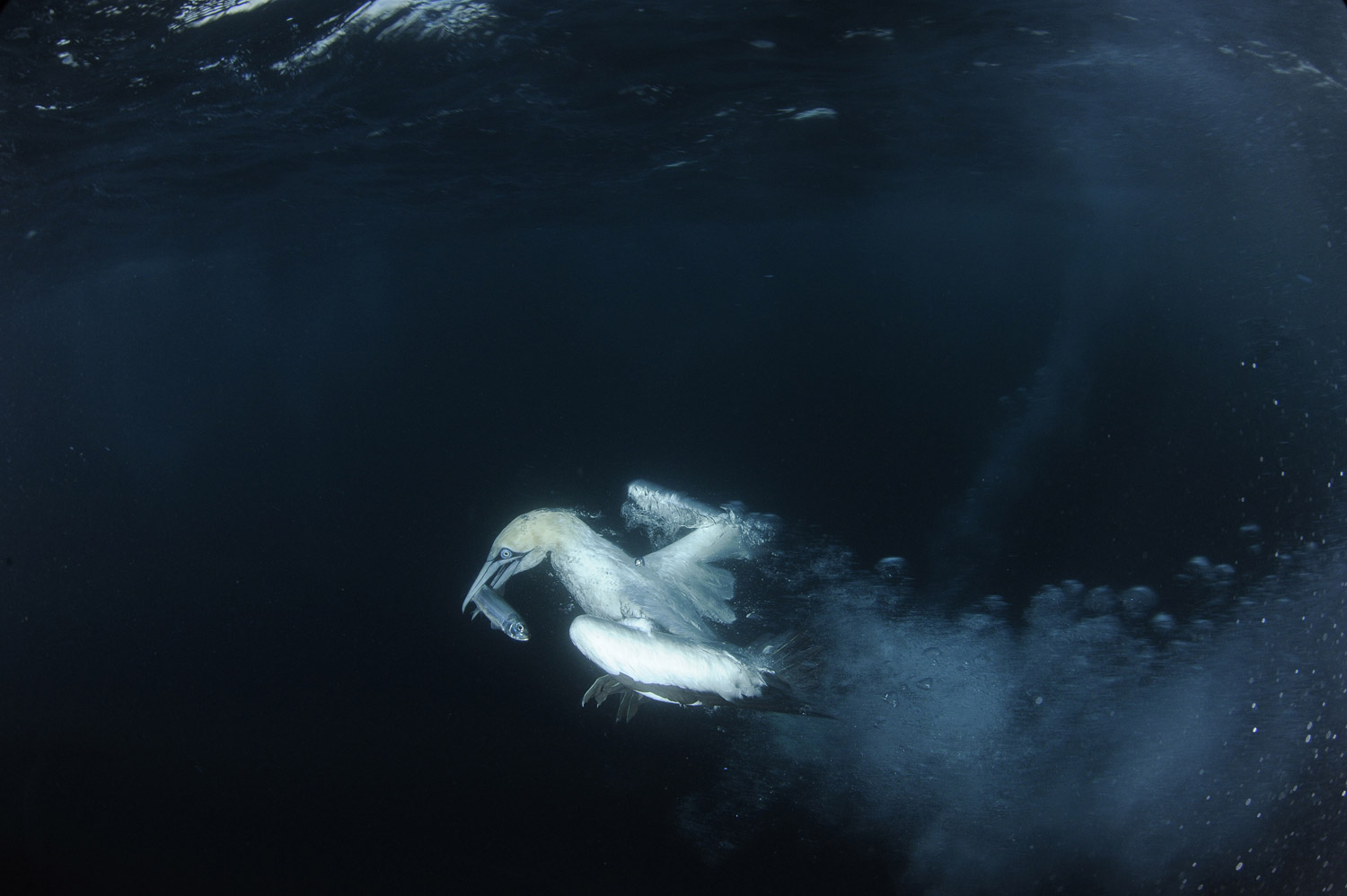
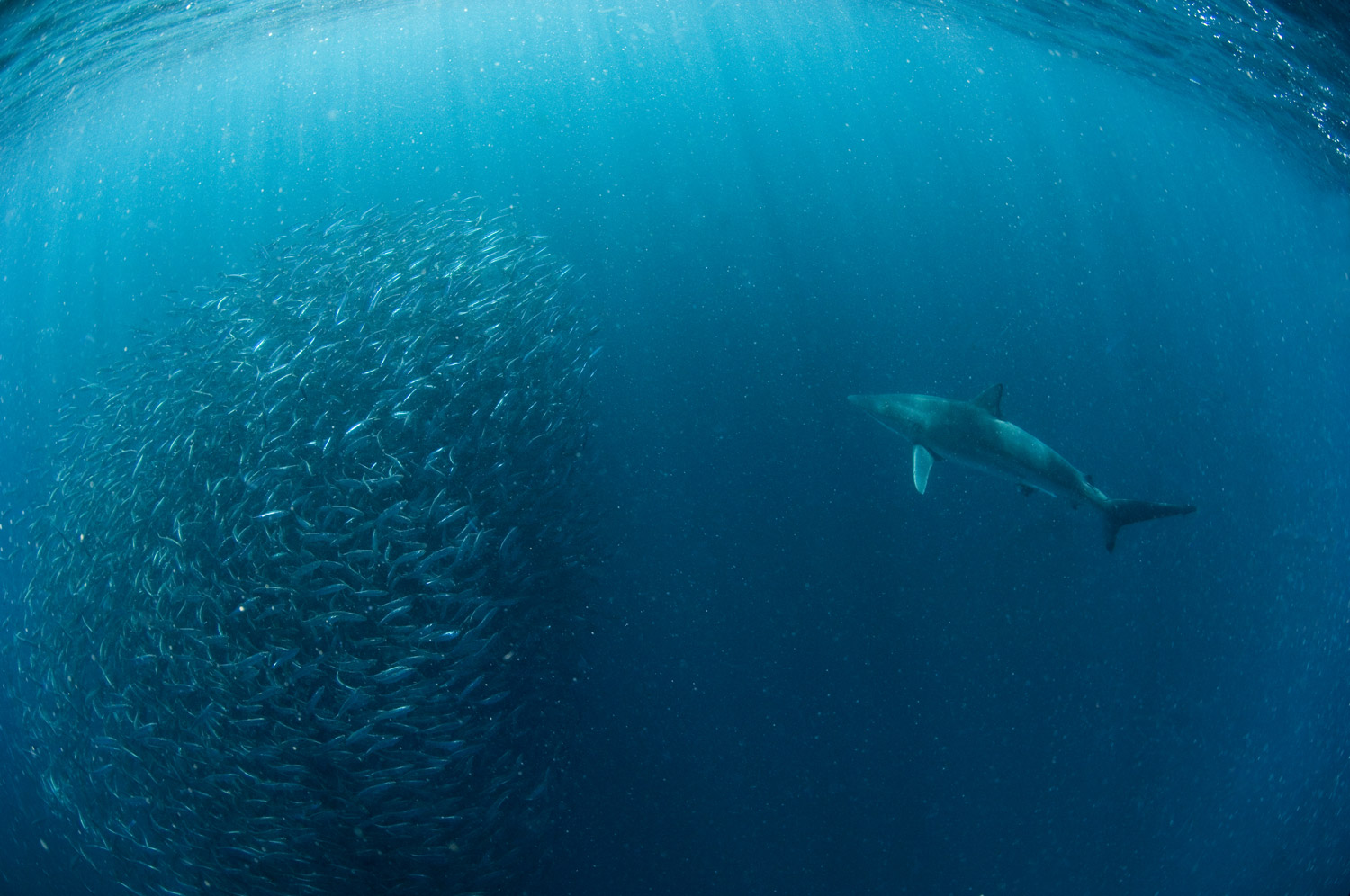
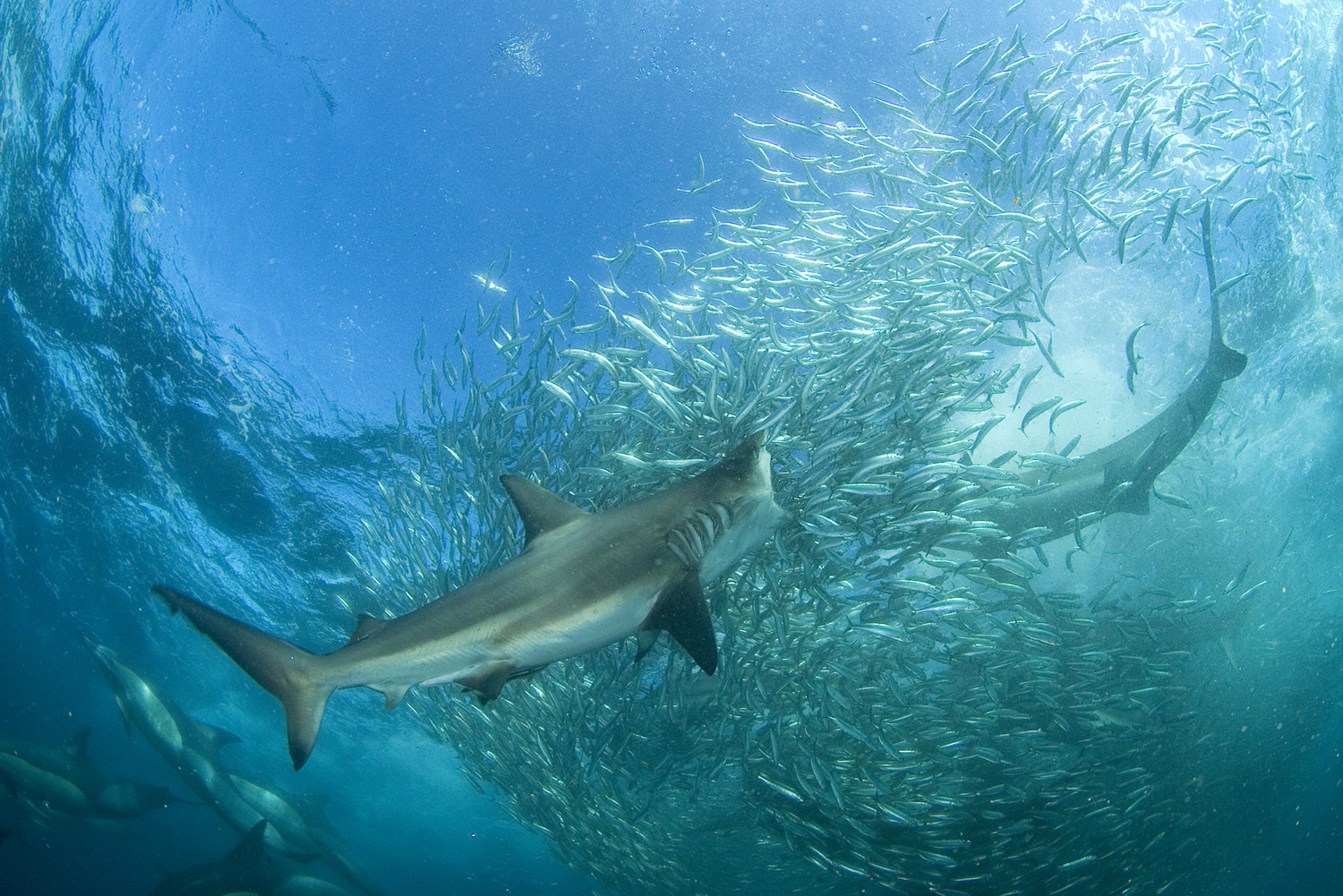
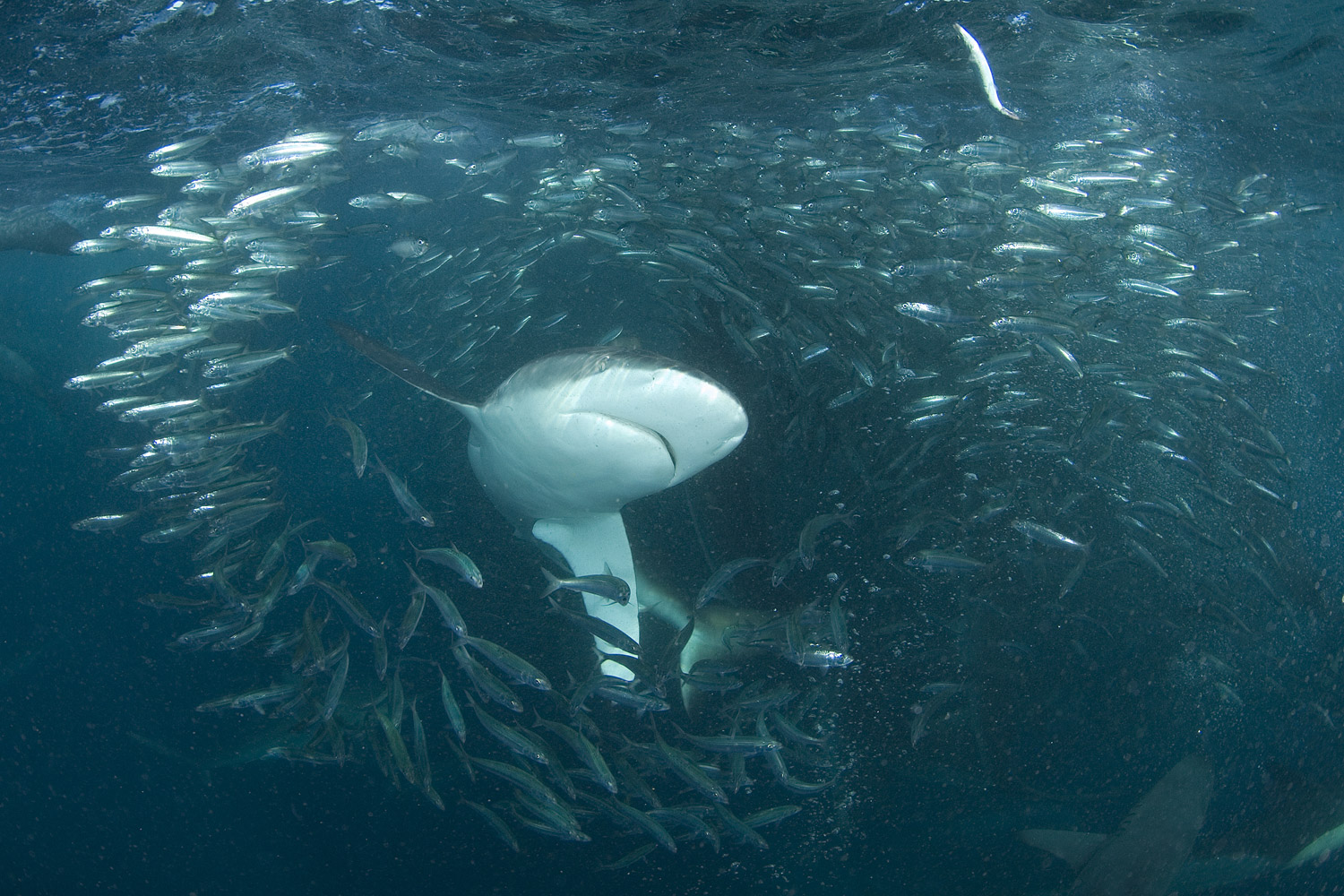
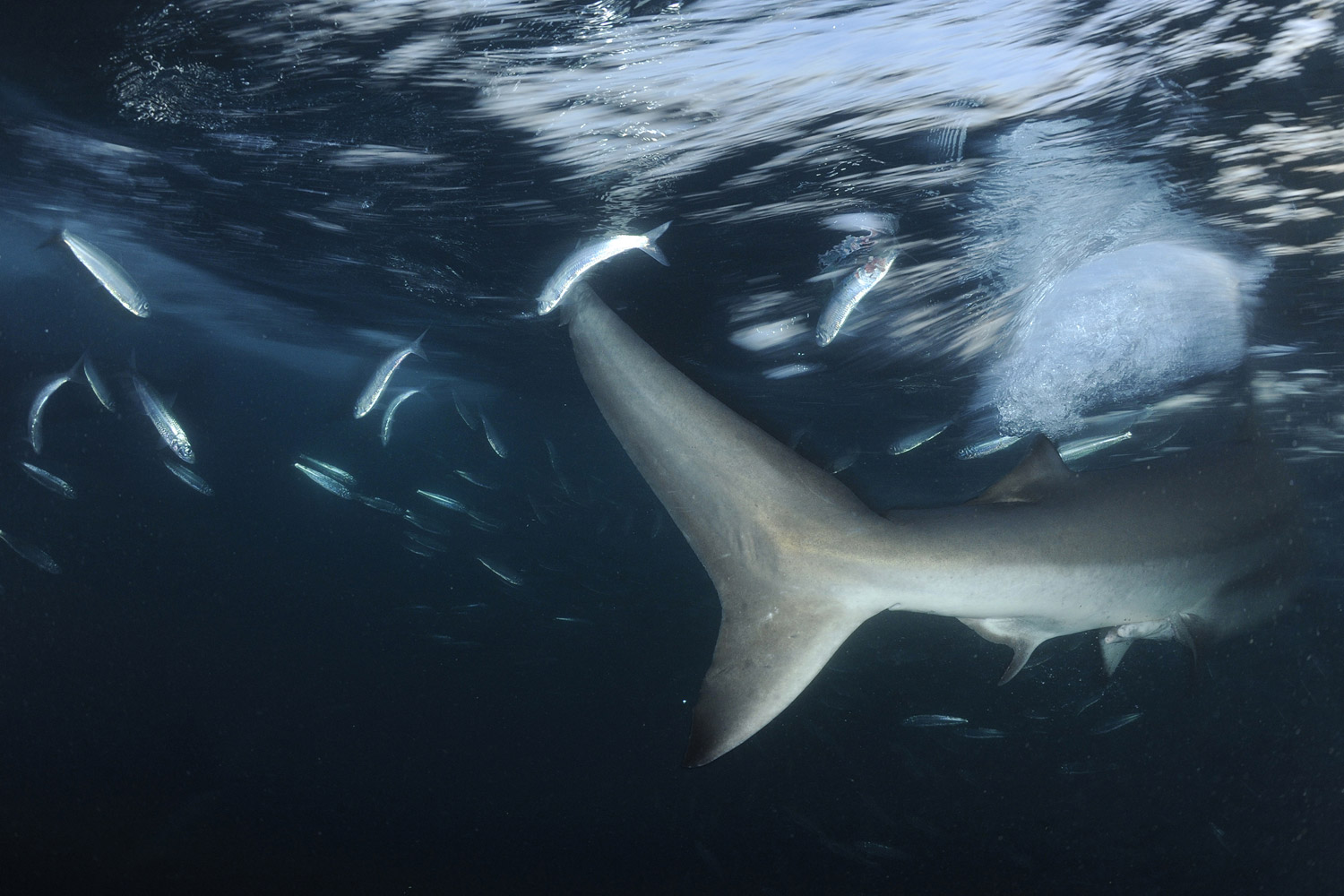
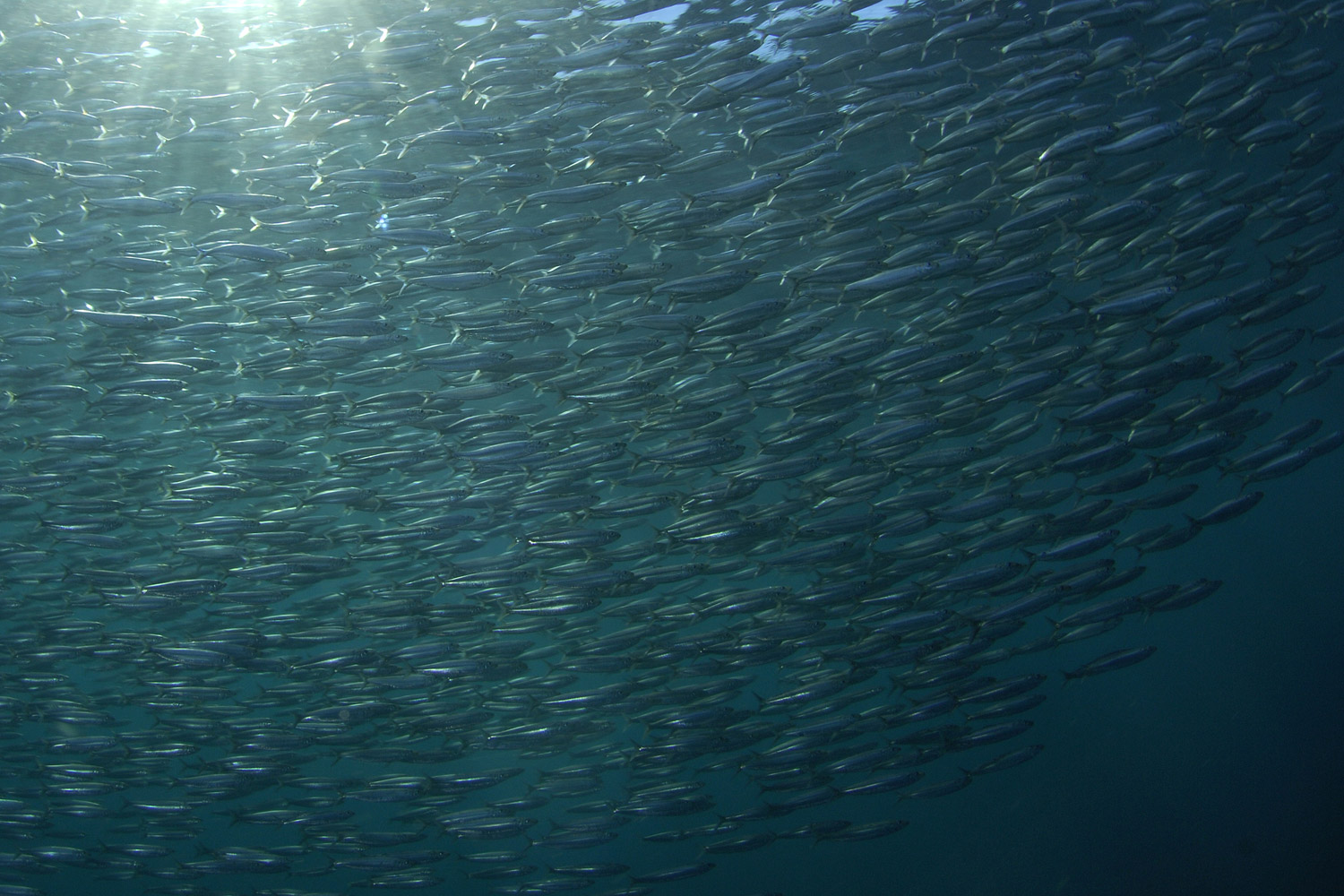
More Must-Reads from TIME
- Cybersecurity Experts Are Sounding the Alarm on DOGE
- Meet the 2025 Women of the Year
- The Harsh Truth About Disability Inclusion
- Why Do More Young Adults Have Cancer?
- Colman Domingo Leads With Radical Love
- How to Get Better at Doing Things Alone
- Michelle Zauner Stares Down the Darkness
Contact us at letters@time.com